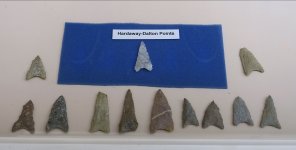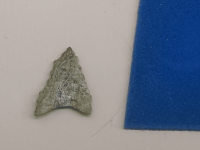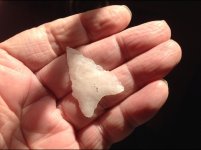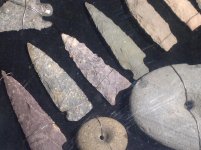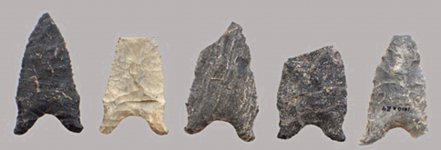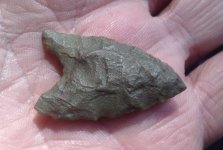MAMucker
Bronze Member
Late Paleo, (Northeastern) Hardaway-Dalton made of Sally Rock Rhyolite. Found surface hunting in SE New England. Did the best I could with the photos. This one gave me trouble.
My eye says Dalton all the way. But that’s just MO. The Basel sides are ground and the bottom is thin as a sheet of paper. I believe I see attempts made to flute both sides.
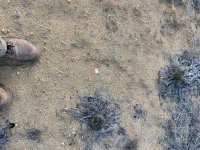
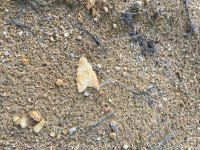
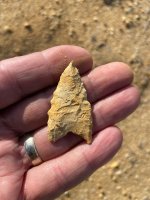
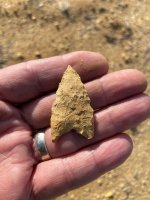
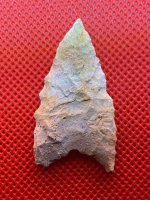
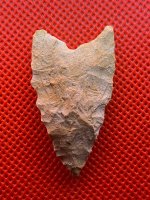
My eye says Dalton all the way. But that’s just MO. The Basel sides are ground and the bottom is thin as a sheet of paper. I believe I see attempts made to flute both sides.






Amazon Forum Fav 👍
Last edited:
Upvote
0




